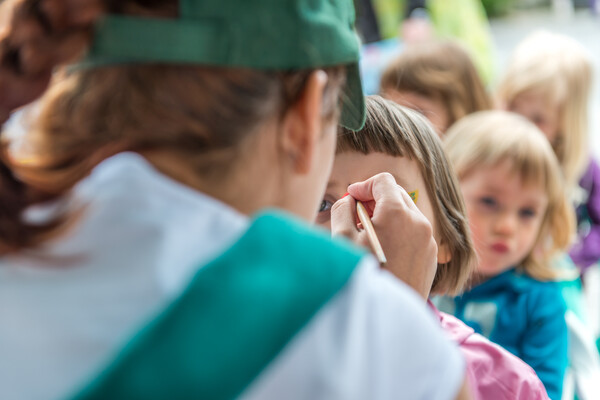Ranking Rundown: 5 Online Destinations for Evaluating U.S. Educational Institutions
Back in the prehistoric days before the internet, parents sent their children to local public schools, or to private schools if they had the means and motivation. And that was that. They may have chosen the town or city they lived in based at least in part on the quality of the school system.
They may have also talked with local residents to ascertain that the schools provided a strong education. But beyond this, there was no easy way to evaluate schools at a distance, except through a laborious process of sending away for brochures, making phone calls, conducting site visits, and then sifting through all the data. Meanwhile, the school year was in progress.
What a difference the digital era makes. Parents can now peruse online sites to easily evaluate U.S. educational institutions (K-12 through grad school) from the comfort of their own home. Each platform offers unique features, ranking methodologies, and benefits for a family’s decision-making process.
Here are five online destinations you can use to choose the best school(s) for your child
1. GreatSchools.org
You can dive into this site via school name, location, school rating, AP courses, and more. For example, if you want to learn about Delphian School in Sheridan, Oregon, type in the school name for an instant wealth of information, such as that it’s a private school for grades K-12, offering a strong academic program, ten art courses, five music courses, and three performance courses.
Clearly, this is a school dedicated to helping your budding artist or musician develop their talent! The school emphasizes independent study and encourages exploration beyond classroom walls.
2. U.S. News and World Report
U.S. News analyzed more than 100,000 pre-K, elementary, and middle schools to help discerning parents find the ideal fit for their child. You can choose by public or private, school name, grade level, or location. Public school choices are further segmented according to type: traditional, charter, or magnet. Looking for a high school? U.S. News has a separate database that breaks schools down by public or private, as well as by high school name.
So if your family is moving cross-country and you know nothing about the schools in Bedford, New Hampshire, you can click on the state name, then the town, to learn that Bedford has one of the best high schools in the district. Your intuition was right on target.
3. Niche.com
As the name implies, Niche gives you a plethora of options and data for making any educational decision: K-12, public or private, boarding school or day school, religious focus, state, city, teacher rating, college prep, and student life. Both private and public school rankings are based on key statistics from the U.S. Department of Education, as well as millions of student and parent reviews.
4. Forbes
You can count on America’s top business magazine to be at the forefront when it comes to ranking colleges. Forbes picks the best 500 colleges out of thousands each year. How do they do it? They start with the Carnegie Classification — a framework that categorizes institutions of higher learning by the degrees offered, robustness of research, and specialty focus. This initial list includes universities where one can obtain a doctorate, master’s, or bachelor’s degree, as well as specialized schools that offer programs in business, engineering and art.
Forbes uses federal educational data to cull those under consideration, and ranks the colleges that remain according to a list of criteria that includes alumni salary, student loan debt, graduation rate, and overall academic success.
5. CollegeRaptor.com
College Raptor releases an annual Top 50 Best Colleges ranking based not only on a college’s superior academic programs but also its account a rich history, campus, scholarships and financial aid, student life, and even factors like sustainability and game design.











